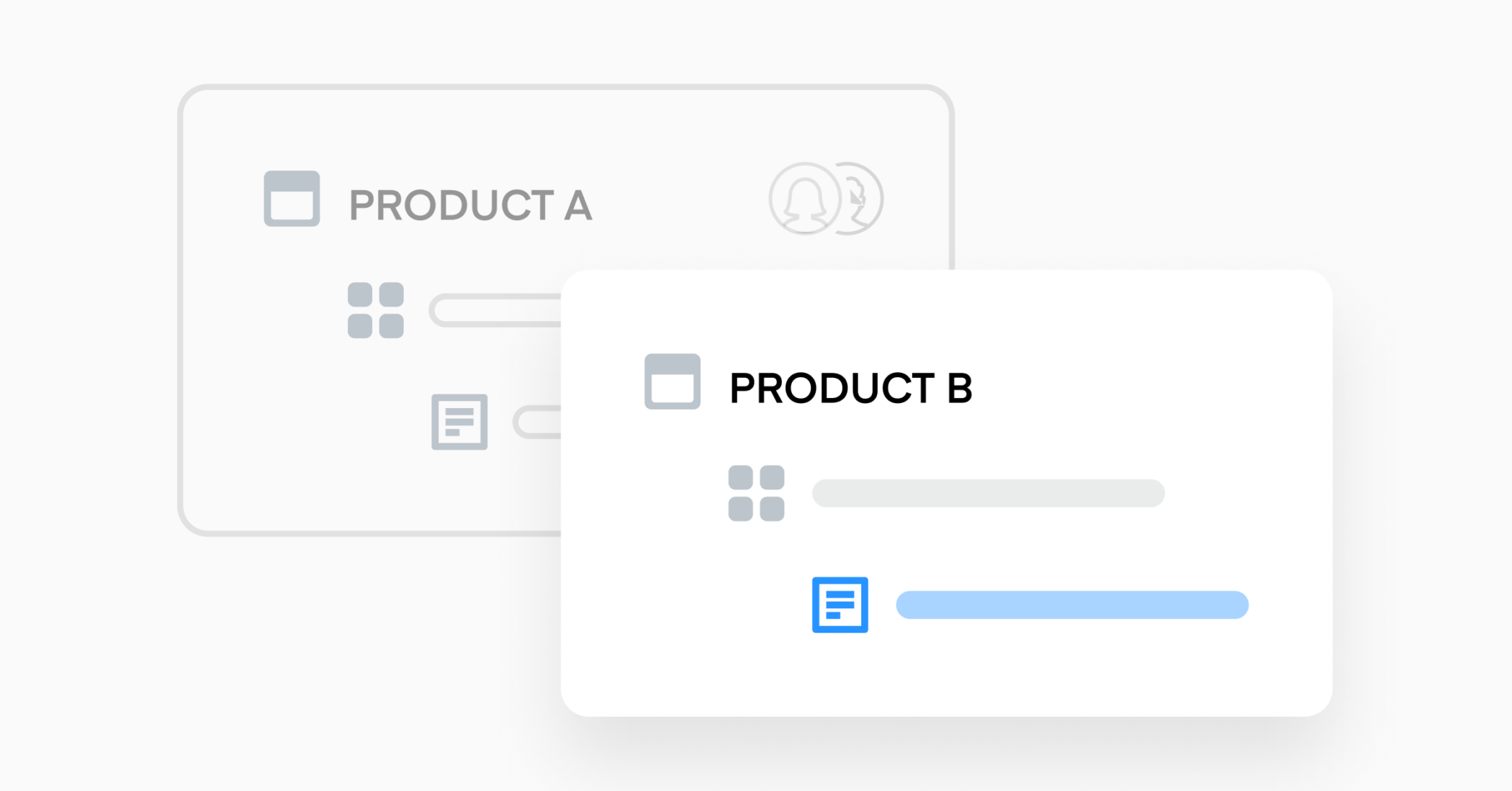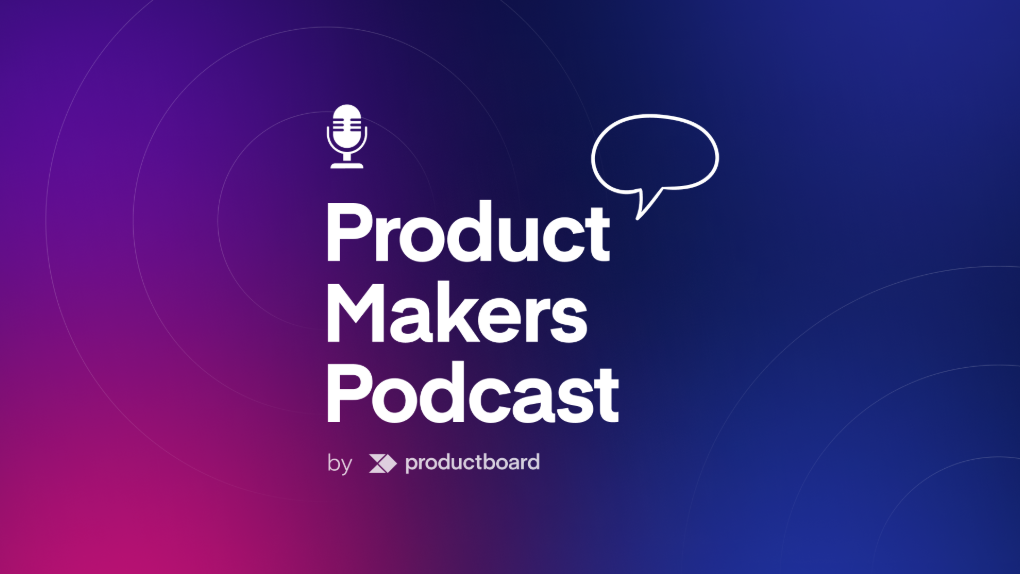Strategic Product Backlog Refinement: Tools and Techniques for Agile Success

Why Do Product Backlogs Need Refinement?
Product backlog refinement is an ongoing process in agile development where the team collaboratively reviews, prioritizes, and updates items in the product backlog to ensure its readiness for upcoming sprints. It involves continuous adjustments, additions, and clarifications to optimize the backlog for efficient development and delivery.
Utilizing tools for product backlog management will help product teams successfully align their daily output with better business outcomes—particularly when it comes to refining, or “grooming”, the typically messy backlog.
The product backlog is an evolving list of tasks that product teams are expected to complete to improve their product and service offerings. From feature enhancements to new product ideas and every customer request in between, the backlog can become unwieldy, fast. Actuation Consulting found that almost 40% of product managers consider their backlog “a jumble”.
To stay ahead of the competition, product teams must de-clutter their backlog through continuous refinement that is based on what users are willing to use or pay for. Product teams that effectively leverage product backlog refinement tools to prioritize and collaborate on their work can achieve:
- Strategic Alignment: Ensuring that the team’s efforts are aligned with business goals (e.g., increased feature adoption, decreased customer churn, etc.) helps them focus on delivering features and functionalities that directly contribute to the product’s success. This results in a more purposeful and impactful development process.
- Resource Optimization: By identifying and focusing on high-priority items, teams can optimize their time and energy, directing efforts towards tasks that bring maximum value. Allocating resources judiciously leads to increased productivity and accelerates the pace of development.
- Customer-Centric Development: A well-prepared and prioritized backlog often revolves around the needs and expectations of the end-users. Consistently delivering features that resonate with the target audience ultimately enhances user satisfaction and engagement.
- Increased Agility: In product development, changes are inevitable, so you need to pivot quickly to stay ahead of the curve. A prioritized backlog provides a flexible framework that allows teams to adapt to evolving requirements, customer demands, and market conditions.
- Better Cross-Functional Collaboration: Prioritization establishes a shared understanding among team members regarding the importance and sequence of tasks. This clarity means all stakeholders, regardless of where they sit in the org, are aligned on priorities, reducing confusion and ensuring everyone is working towards common objectives.
- Continuous Value: Allowing for continuous feedback and improvement leads to a product that evolves in tandem with user needs and market trends. This iterative approach helps consistently deliver incremental value to users—as opposed to making them wait for a quarterly or yearly mass update that fails to immediately solve problems customers have been having for months.
- Risk Mitigation: Through careful preparation and prioritization, teams can identify and address potential risks early in the development process. By tackling high-priority items first, teams mitigate the risk of delays or roadblocks that could impede overall project success.
Fundamental Elements of a Product Backlog
User Stories
At the heart of a product backlog are the detailed narratives that articulate the end-user’s perspective. These stories encapsulate the features and functionalities from your customer’s point of view, acting as a compass that guides the development team towards creating a product that resonates with its intended audience.
Here are some tips for getting the most out of your user stories:
- Have product owners conduct direct interviews with customers.
- Collaborate with customer-facing teams (e.g., sales and marketing, customer success and support, implementation, etc.) to gather feedback they already have on-hand.
- Consolidate all of these insights in one place so it’s easier to identify trends.
Feature Prioritization
Feature prioritization is a critical process, as it arranges backlog items in order of importance. It involves strategic decision-making to ensure that the team focuses on delivering the highest value features first. By establishing clear priorities, teams can optimize their efforts, delivering tangible results that align with overarching project goals.
Here are some prioritization tips:
- Follow the Value vs. Complexity prioritization framework—which helps prioritize features that offer high value with relatively low complexity first—by plotting backlog items on a quadrant based on their value (benefits) and complexity (effort required). Best when working on a new product, building an MVP, or when development resources are scarce.
- Use the Weighted Scoring prioritization framework to surface the most impactful requests by seeing what is being requested by the most customers. Best when considering a long list of feature drivers and product initiatives.
See our comprehensive breakdown of prioritization frameworks here.
Estimations
This involves assigning relative effort or complexity to each backlog item, allowing teams to forecast timelines and allocate resources effectively. Estimations are a critical part of developing your product roadmap, aiding in the creation of realistic timelines.
To safeguard that your estimations are as accurate as possible, follow these tips:
- Ensure that you’re building a product roadmap that is not only connected to your backlog, but is also shareable so that everyone is aligned
- Undergo regular backlog grooming to remove outdated user stories and tasks, break down broad user stories into smaller items, and assign (or re-assign) story points and estimates
Dependencies
If something must be done before something else can get started, that is referred to as a dependency. Dependencies are inevitable in product development. Recognizing and managing these interconnections between backlog items is crucial for avoiding bottlenecks and keeping your estimations accurate. By understanding dependencies, teams can navigate potential challenges and ensure a smooth progression through the development pipeline.
Consider these tips on managing dependencies:
- Evaluate dependencies between items when undergoing your prioritization scoring method of choice. How will the prioritization of one item may impact others?
- Prioritize items that have fewer dependencies—or are critical for resolving dependencies early—in the development process.
Acceptance Criteria
What defines “complete”? Acceptance criteria serve as benchmarks, outlining the conditions that must be met for a feature to be considered done. Clear acceptance criteria helps eliminate ambiguity and foster a shared understanding among team members.
Here are some tips:
- Set specific and measurable acceptance criteria for each backlog item, no matter how small.
- Involve key stakeholders, including developers, product owners, and executive leadership, in collaboratively defining acceptance criteria to secure a shared understanding of expectations.
Assessing Different Types of Tools for Product Backlog Management
As you can imagine, committing to all of the above for proper product backlog management is time-consuming when done manually (or when relying on disparate systems).
Automated tools for product backlog provide a centralized and organized platform for teams to plan, track, and collaborate on tasks. The significance of these tools lies in their ability to enhance efficiency, communication, and overall productivity within the development process.
- Efficiency and Organization: Streamlines the process of creating, updating, and prioritizing backlog items. This efficiency ensures that teams can focus on delivering value rather than getting bogged down by administrative tasks.
- Collaboration and Communication: Real-time updates, comments, and discussions foster a transparent and collaborative environment, reducing miscommunication and ensuring everyone is on the same page.
- Visibility and Transparency: Centralizing all relevant information makes it easy for team members to understand project status, priorities, and upcoming tasks. This transparency enhances accountability and allows for better decision-making based on a clear understanding of the project’s progress.
- Data-Driven Decision Making: Backlog tools often come with reporting and analytics features, enabling teams to derive insights from past performance. Data-driven decision-making becomes possible, helping teams refine their strategies and continuously improve their processes.
- Adaptability and Remote Collaboration: With the rise of remote work, tools support adaptability by providing a platform for teams to collaborate irrespective of geographical locations. This flexibility ensures that development efforts remain seamless and uninterrupted.
Let’s dive into the different product backlog tools offered, broken down into categories.
Digital Boards
Digital boards, often in the form of Kanban or Scrum boards, provide a visual representation of the backlog items. They allow teams to drag and drop tasks, update statuses, and visualize the workflow.
Tracking Systems
Tracking systems offer a comprehensive view of backlog items, their status, and relevant details. They often include features for categorization, sorting, and filtering to streamline tracking and monitoring.
Collaboration Platforms
Collaboration platforms integrate communication features within the backlog management process. They facilitate real-time discussions, comments, and notifications to keep the team engaged and informed.
Roadmap Tools
Roadmap tools provide a high-level overview of the product development journey. They help in visualizing the strategic direction, milestones, and major releases.
Backlog Prioritization Tools
These tools focus specifically on helping teams prioritize backlog items based on various criteria such as value, urgency, and dependencies.
How Can Productboard Help with Product Backlog Refinement?
In essence, a well-prepared and prioritized backlog acts as a roadmap that guides the product team towards success. It aligns efforts with strategic goals, optimizes resources, fosters customer satisfaction, promotes adaptability, facilitates collaboration, ensures continuous value delivery, and minimizes risks—ultimately contributing to elevated performance and successful product development outcomes.
Only Productboard combines all of the different offerings—visually pleasing digital boards and roadmapping, real-time tracking and collaboration, and backlog prioritization—into one.
Productboard can significantly aid in product backlog refinement by providing a centralized platform for teams to collaboratively manage and prioritize backlog items. Productboard facilitates effective communication, enhances visibility, and streamlines the decision-making process during product backlog refinement. Additionally, it allows teams to gather customer insights (user stories), align priorities, and maintain a clear overview of the product roadmap, contributing to more efficient and strategic product development.
Automated user impact score
Surface your top-requested feature ideas and better prioritize your backlog with ideas that will actually excite customers. By quickly seeing what is being requested by the most customers, you can get your team up and running with the weighted scoring prioritization framework.
Prioritization matrix
Spot high-value, low-cost features quickly (value vs. complexity prioritization framework). Even when development resources are limited, you can jump-start your most intensive projects with confidence.
Roadmaps
Work from a single source of truth, consolidating everything that’s going into delivery on a visual roadmap. Easy to create and tailor for different audiences, you can focus more on building great products as opposed to getting internal buy-in. Improve the productivity of your product team with progress tracking that visualizes dependencies and keeps everyone aligned.




